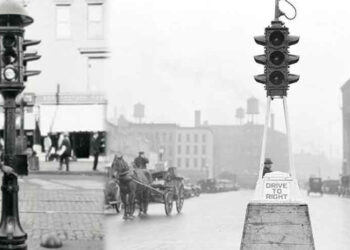The Cellular Jail, also known as Kala Pani, stands as a silent yet powerful reminder of India’s struggle for independence. Located in Port Blair, Andaman & Nicobar Islands, this colonial prison has witnessed the pain, sacrifice, and resilience of countless freedom fighters. This article delves into the history of the Cellular Jail, exploring its construction, significance, and the stories of the brave souls who endured its horrors.
The Origins and Construction
The idea of a prison in the Andaman Islands was conceived by the British in the aftermath of the Revolt of 1857, which saw a surge in nationalist sentiments and uprisings across India. To suppress the rebellion, the British sought to isolate the most dangerous political prisoners, leading to the establishment of a penal colony in the Andaman Islands in 1858.

Construction of the Cellular Jail began in 1896 and was completed in 1906. The prison was designed to ensure maximum isolation of inmates, with 693 cells arranged in a unique radial structure. Each cell measured 4.5 by 2.7 meters and had a single ventilation window located at a height of three meters, symbolizing the complete isolation of prisoners from the outside world and even from each other.
Fact Source: Ministry of Tourism, India
Architectural Design and Layout
The Cellular Jail was designed with a central tower from which seven wings radiated like the spokes of a wheel. This radial design allowed for maximum surveillance from the central watchtower. The cells were small and isolated, preventing any communication between inmates. The architecture reflected the British strategy of breaking the spirit of the political prisoners through solitary confinement and harsh conditions.

Fact Source: Archaeological Survey of India
Life Inside the Jail
Life inside the Cellular Jail was extremely harsh. The inmates, who were mostly political prisoners, were subjected to inhumane treatment, including hard labor, regular beatings, and insufficient food. The prisoners were made to work on tasks such as breaking stones, grinding coconut oil, and other physically exhausting jobs under the watchful eyes of the prison guards.
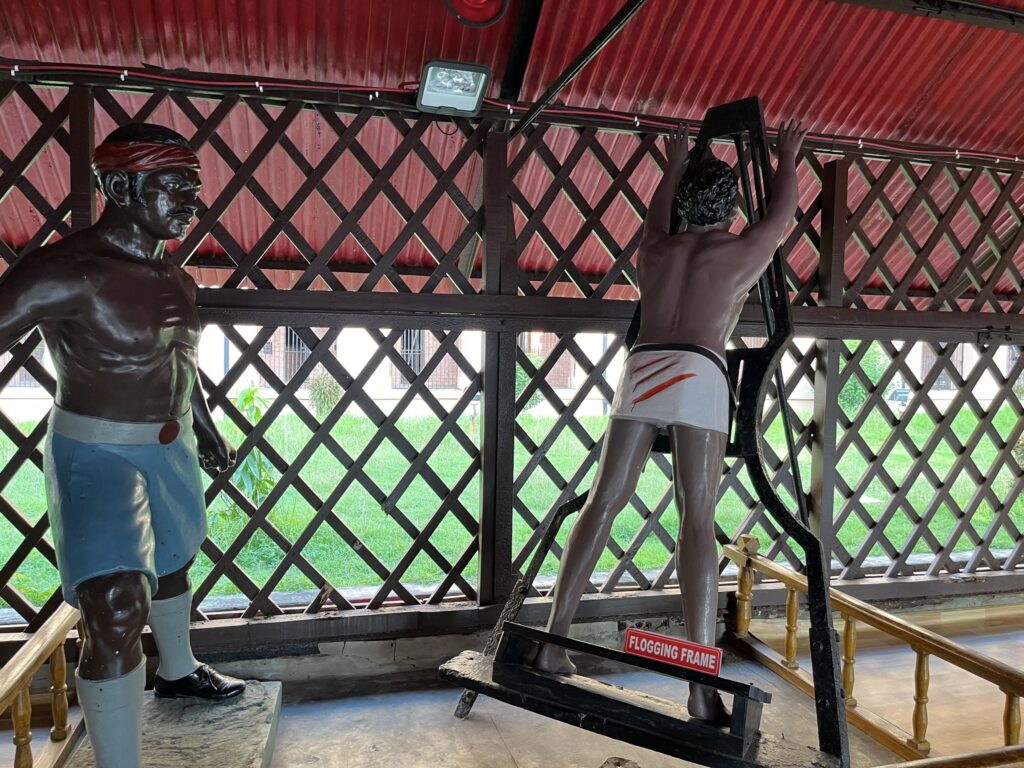
Fact Source: National Archives of India
Notable Freedom Fighters Imprisoned
The Cellular Jail housed many notable freedom fighters who played significant roles in India’s independence movement. Among them were Batukeshwar Dutt, Vinayak Damodar Savarkar, Yogendra Shukla, and many others. These prisoners endured severe hardships but remained steadfast in their resolve to fight for India’s freedom. Their stories of bravery and sacrifice continue to inspire generations.
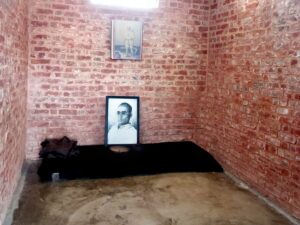


Batukeshwar Dutt
Imprisoned in 1929, Dutt was a revolutionary who, along with Bhagat Singh, bombed the Central Legislative Assembly in Delhi to protest against repressive laws.
Vinayak Damodar Savarkar
Savarkar was transported to the Andaman Islands in 1911 and spent over a decade in the Cellular Jail. He used his time to write extensively, including his seminal work on the First War of Indian Independence.
Yogendra Shukla
A prominent figure in the Quit India Movement, Shukla was arrested and sent to the Cellular Jail, where he continued to inspire his fellow inmates.
Barindra Kumar Ghosh
Barindra Ghosh, brother of Sri Aurobindo, was involved in the Alipore Bomb Case and was sentenced to life imprisonment in 1909. He was one of the earliest revolutionaries to be incarcerated in the Cellular Jail.
Indu Bhushan Roy
Arrested in connection with the Alipore Bomb Case, Roy was sentenced to transportation for life. He endured severe torture and eventually committed suicide in the jail in 1912.
Sushil Dasgupta
A member of the Indian National Army (INA), Dasgupta was arrested by the British and sent to Cellular Jail in 1943. He continued his efforts to inspire fellow inmates towards the cause of independence.
Fact Source: Gandhi Smriti and Darshan Samiti
Significant Events in the Jail
Several significant events marked the history of the Cellular Jail, reflecting the intense struggle of the prisoners against colonial rule.
The Alipore Bomb Case (1908)
Many revolutionaries involved in the Alipore Bomb Case, including Barindra Kumar Ghosh and Indu Bhushan Roy, were among the first to be sent to Cellular Jail. Their arrival marked the beginning of the jail’s role in housing political prisoners.
Vinayak Damodar Savarkar’s Incarceration (1911-1921)
Savarkar’s decade-long imprisonment saw him enduring solitary confinement and hard labor. His writings during this period became instrumental in inspiring future generations of revolutionaries.
The 1933 Hunger Strike
In one of the most significant protests, Mahavir Singh, Mohit Moitra, and Mohan Kishore Namadas led a hunger strike demanding better treatment and conditions for the prisoners. Mahavir Singh and Mohit Moitra died as a result, highlighting the brutal conditions and drawing attention to the plight of the prisoners.
World War II and Japanese Occupation (1942-1945)
During World War II, the Japanese forces occupied the Andaman Islands. The prison was temporarily used by the Japanese to detain British and Indian prisoners. After the war, the British regained control, and the prison resumed its operations.
Fact Source: Indian Council of Historical Research

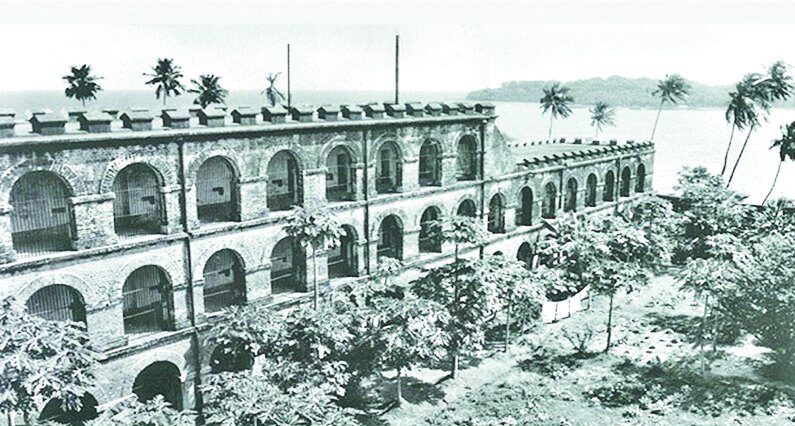

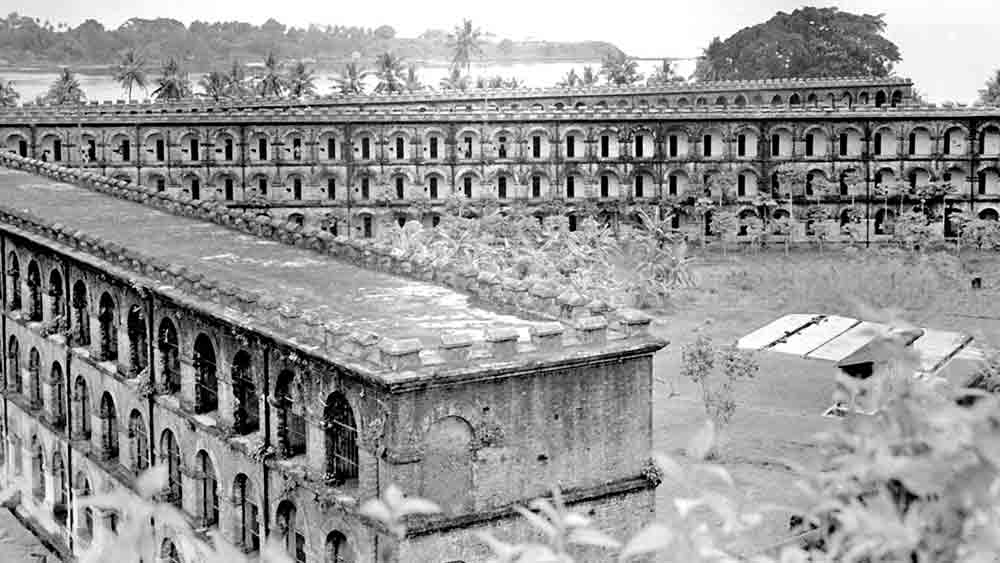
The Decline and Closure of the Jail
With the rise of the Indian independence movement, the conditions inside the Cellular Jail came under increasing scrutiny. The protests and hunger strikes by inmates drew attention to their plight, leading to some improvements in their treatment. The jail was eventually closed in 1939, and many of the political prisoners were released or transferred to other prisons.
Fact Source: Ministry of Culture, India
The Jail as a National Memorial
In 1969, the Cellular Jail was declared a national memorial by the Indian government. Today, it serves as a museum and a place of pilgrimage for those wishing to pay homage to the freedom fighters who suffered within its walls. The memorial includes a light and sound show that narrates the history of the jail and the stories of the brave men who were imprisoned there.
Fact Source: Andaman & Nicobar Tourism
Conclusion
The Cellular Jail stands as a testament to the indomitable spirit of India’s freedom fighters. Its walls echo the tales of courage, sacrifice, and resilience that played a crucial role in India’s struggle for independence. As a national memorial, it serves to remind us of the dark chapters of our history and the enduring legacy of those who fought for our freedom.












